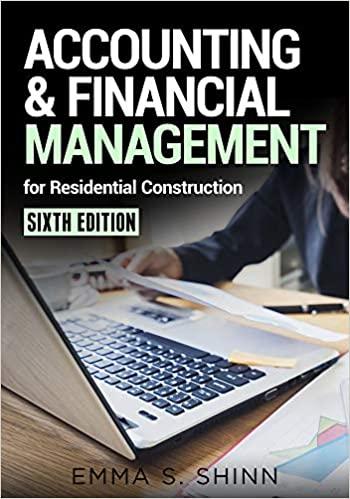Question
Jackson has the choice to invest in city of Mitchell bonds or Sundial, Incorporated corporate bonds that pay 7.8 percent interest. Jackson is a single
Jackson has the choice to invest in city of Mitchell bonds or Sundial, Incorporated corporate bonds that pay 7.8 percent interest. Jackson is a single taxpayer who earns $75,000 annually. Assume that the city of Mitchell bonds and the Sundial, Incorporated bonds have similar risk. What interest rate would the city of Mitchell have to pay in order to make Jackson indifferent between investing in the city of Mitchell and the Sundial, Incorporated bonds for 2021? (Use tax rate schedule.)
Multiple Choice
-
6.08 percent
-
7.80 percent
-
6.28 percent
-
5.48 percent
-
None of the choices are correct.

Step by Step Solution
There are 3 Steps involved in it
Step: 1

Get Instant Access to Expert-Tailored Solutions
See step-by-step solutions with expert insights and AI powered tools for academic success
Step: 2

Step: 3

Ace Your Homework with AI
Get the answers you need in no time with our AI-driven, step-by-step assistance
Get Started


